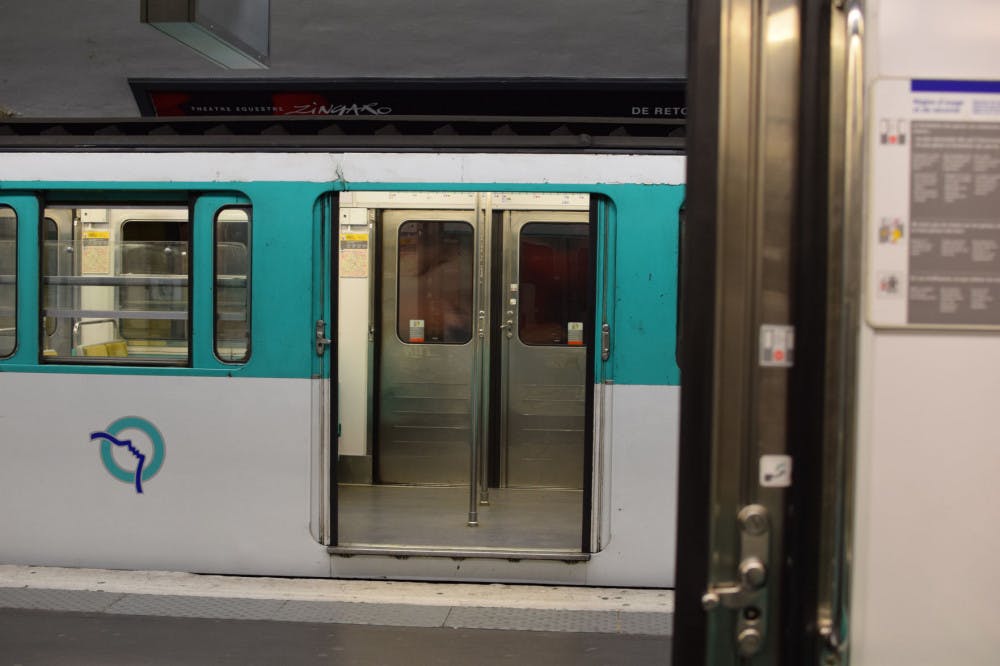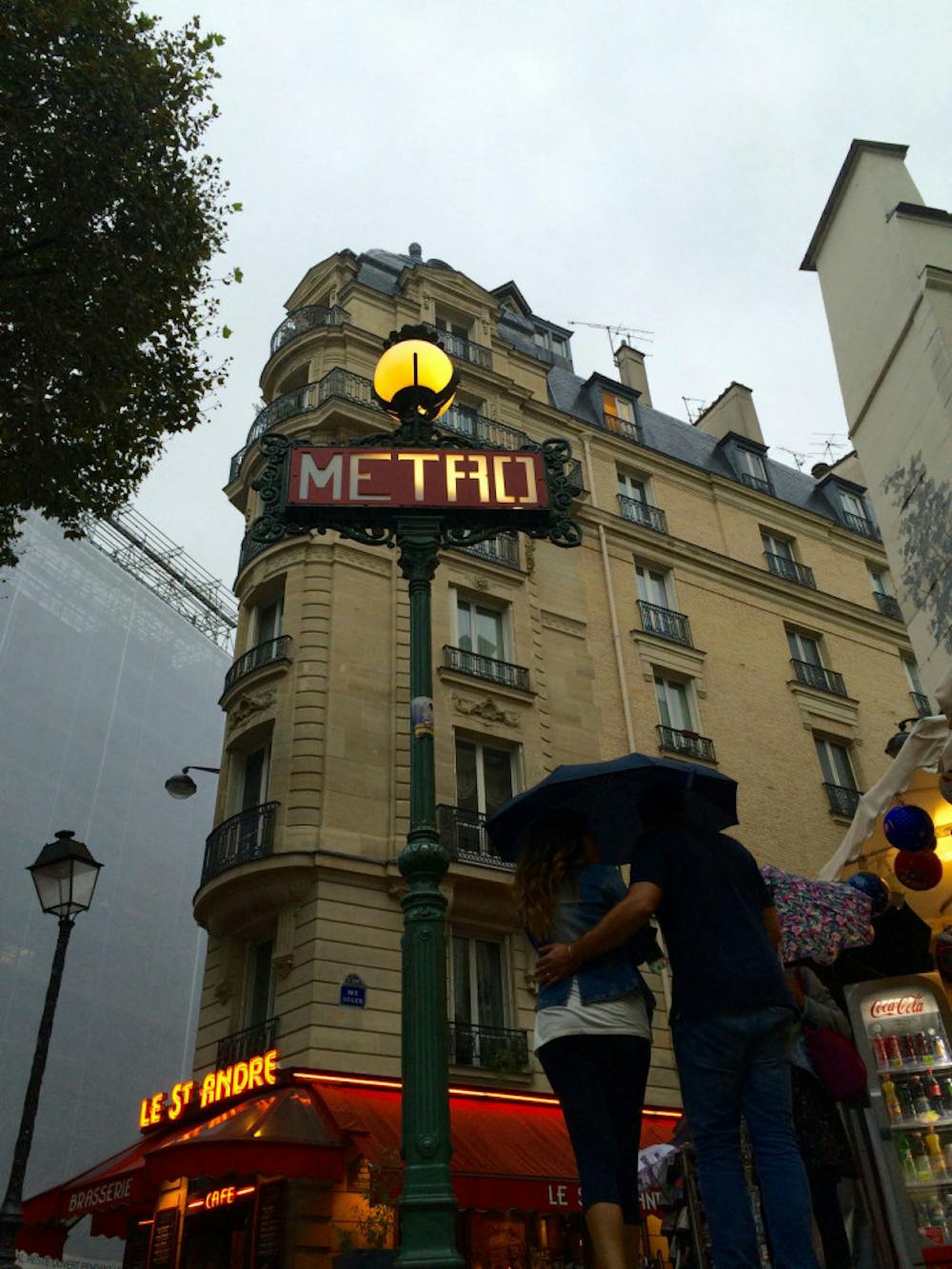
Bailey Clark is a senior journalism student who currently lives in Paris, France. She interns as a fashion photographer and writes installments to "Tigers Abroad," a column series updating The Daily Helmsman's readers on students studying in foreign lands.
Before going to Paris, I had traveled to other cities with public transportation—New York, Boston, etc. But in France I not only had to learn how to function without a car, but I also had to quickly learn the rules of the metro.
When I went to New York or Boston, my dad always navigated the metro for us. He would step into the subway station, and look at the map before confidently leading my mother, brother and me to the right metro line.
I never stopped to think about what it was like to actually have to figure out where you’re going, and I never noticed that there was a certain protocol that was followed when on the metro.
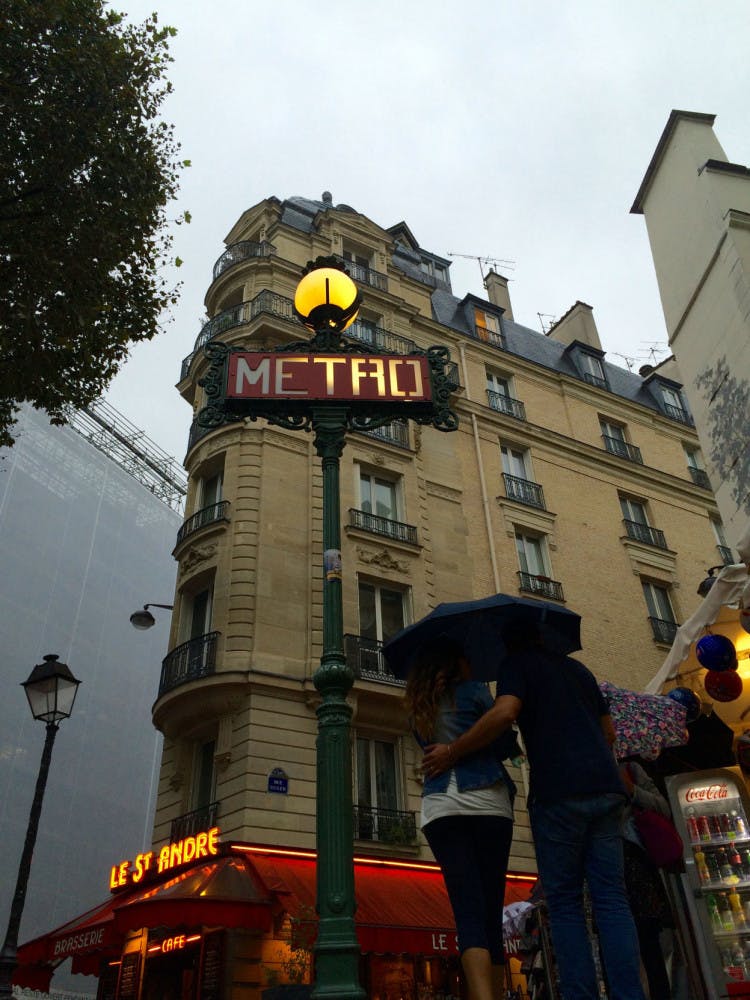
I think I left home an hour early that morning to prepare for finding my way through the Paris underground, and when my roommate and I finally emerged from the depths of the tunnels into the real world, we were completely and utterly lost. We stood in front of the sortie (exit) dumbfounded with our little map of Paris, spinning in circles trying to figure out where we were.
Fortunately, this was the last time I didn’t have cell service, and therefore, it was the last time I was completely lost in Paris. Slowly, I began to associate different parts of the city with different metro stops, learning which lines take me to different parts of the city.
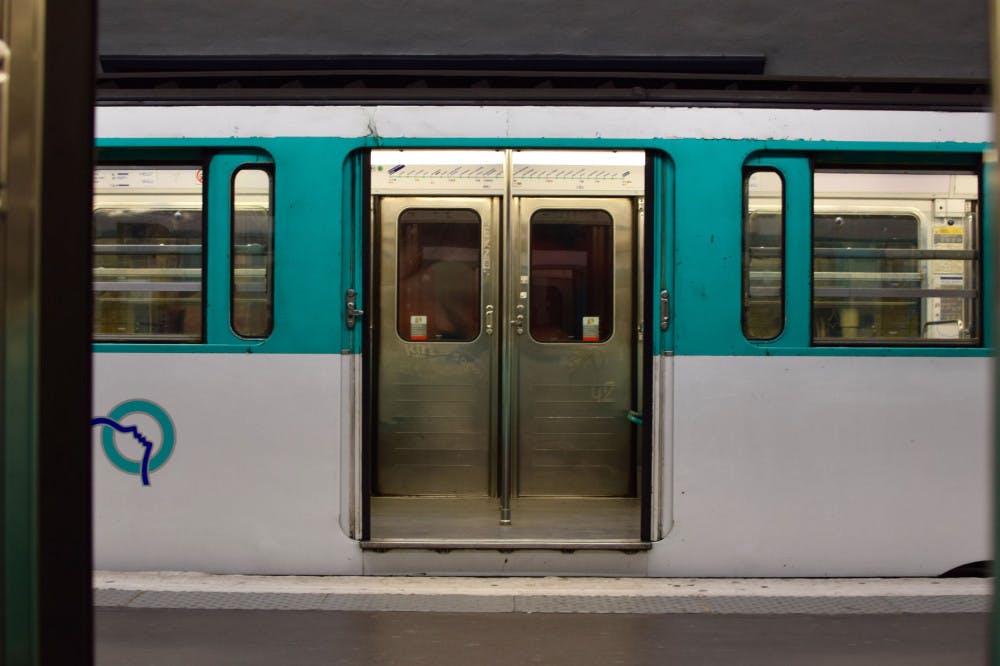
You can put in your headphones and listen to that new album on Spotify, you can read a book, you can even study for that test you forgot to study for because you were out enjoying Paris, but don’t talk to your neighbor.
And, if it’s rush hour and the metro is crowded with Parisians, it’s possible that you may not get a seat. Even if you do get a seat, you may have to stand up to make room for other people (it’s either that or be squished, really).
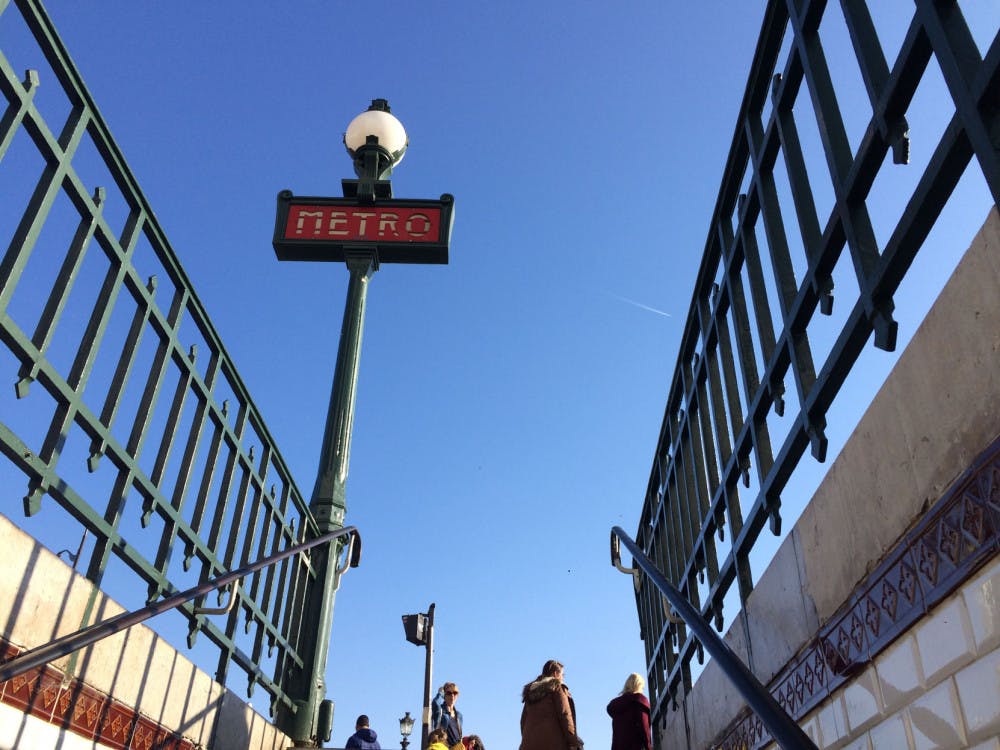
All of this may seem trivial, but if you lived in a city where public transportation was never really considered an option before (like in Memphis), Paris can be a bit of a shock. At least, it was for me.
